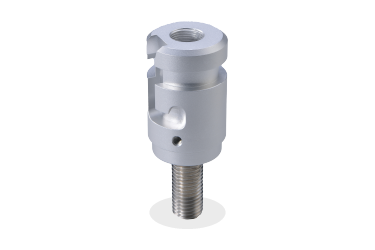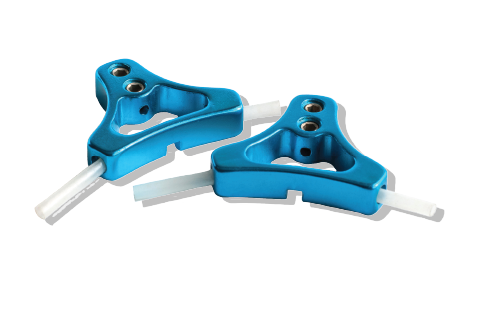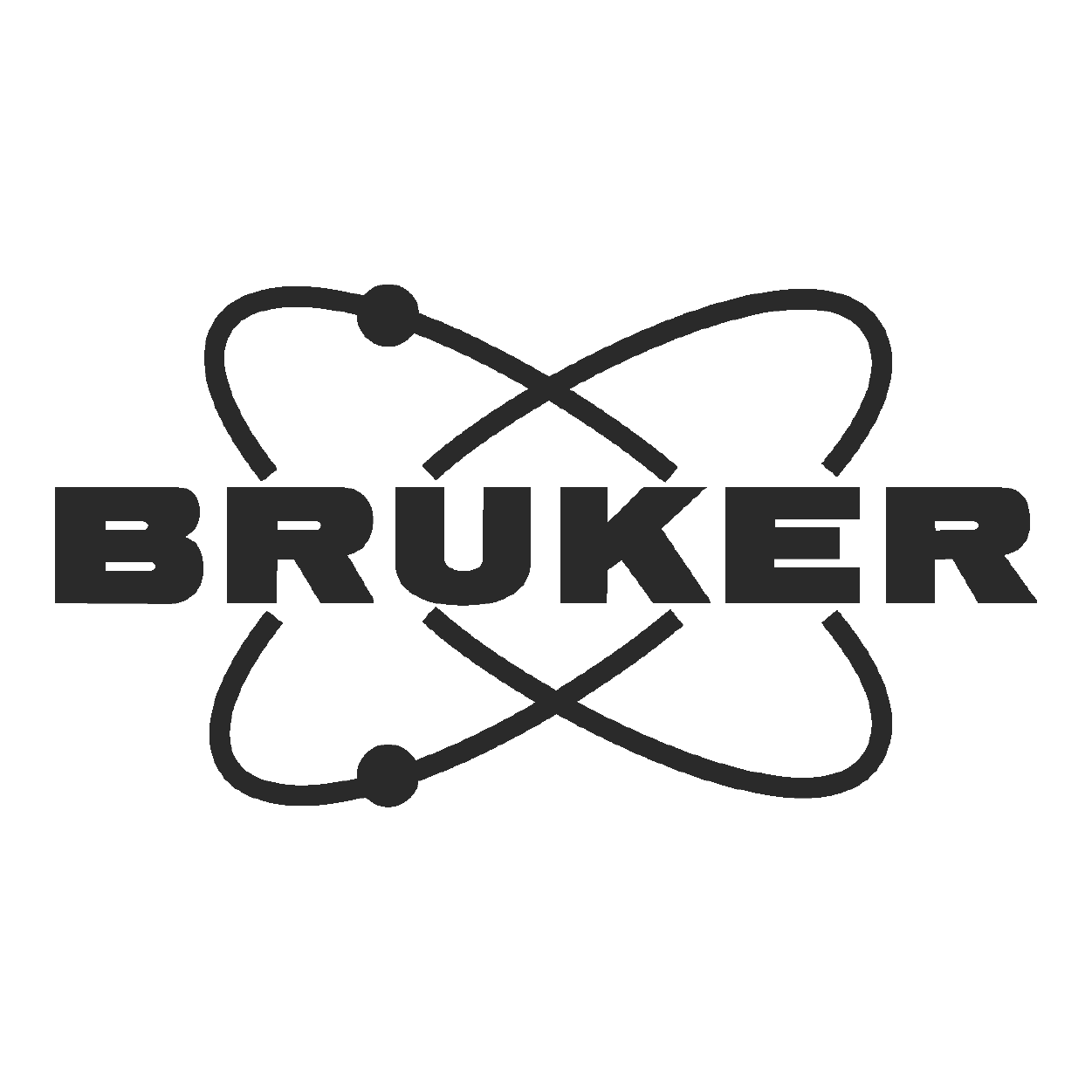CNC Machining Finishes
Parts in days anywhere in the USA.
CNC machining finishes can achieve different looks and functionalities for your project. Surface finishes enhance appearance, improve corrosion resistance, increase hardness, and minimize friction. Some standard finishes for CNC machined parts include anodizing, powder coating, polishing, plating, and painting. The choice of finish will depend on the intended use of the part and your preferences.

Choosing which machining finish is right for your project.
Choosing the right machining finish for your project involves carefully considering several factors. Different finishes may be more appropriate depending on the machined part’s intended use. For example, a position requiring high precision may require a finer finish, while an amount exposed to harsh conditions may require a more durable finish.
Other essential factors to consider include the type of material being machined, the type of machining process being used, and the cost and time constraints of the project. Some standard machining finishes include rough machining, which leaves a coarse finish for parts that require additional finishing, and fine machining, which is used for positions that require a high degree of precision.
Overall, the choice of machining finish should be based on a thorough evaluation of the project’s requirements and the capabilities and limitations of the machining equipment and techniques being used.
As Machined (Default)
Straight off the machine no extra finishing or post-processing.
- Metals
- Plastics
Anodizing Levels II & III
Thin oxide layer enhances corrosion resistance and appearance.
- Metals
Bead Blasting
Using this technique creates a consistent and even texture on a surface.
- Metals
- Plastics
Black Oxide
This is a chemical process that enhances corrosion and wear resistance.
- Metals
Chem Film
A layer of chromate enhances corrosion resistance and increases lifespan.
- Metals
Chrome Plating
It offers corrosion resistance, enhanced appearance, and improved wear and scratch resistance.
- Metals
Dry Film
It protects against wear and corrosion, reduces friction, and improves performance.
- Metals
E-Coat
It provides superior corrosion protection and a uniform, durable finish to metal parts and components.
- Metals
Electroless Nickel Plating
A nickel solution bath provides corrosion, wear resistance, and electrical conductivity.
- Metals
Electro Polishing
It removes a microscopic layer of material from the surface, leaving behind a uniform, mirror-like finish that is highly corrosion-resistant.
- Metals
Epoxy Priming & Painting
It can significantly enhance their durability and resistance against wear and tear.
- Metals
Galvanizing
A zinc coating is a protective layer that prevents corrosion and rusting of the underlying surface.
- Metals
Gold Plating
It improves conductivity, corrosion resistance, and durability leading to a longer lifespan.
- Metals
Graining
Graining improves the surface finish, reduces friction, and enhances durability.
- Metals
Laser Engraving
Using a laser, a design, logo, or text can be engraved onto the surface of a material.
- Metals
- Plastics
Nickel Plating
It enhances the durability and corrosion resistance of CNC machined components.
- Metals
- Plastics
Passivation
The part is submerged in acid to remove impurities and increase corrosion resistance and lifespan.
- Metals
Polishing
A process that improves surface quality by removing imperfections such as burrs, pits, and scratches.
- Metals
Powder Coating
Dry powder is heated and fused to create a coating more resistant to chipping, cracking, and fading
- Metals
Priming & Painting
Enhances aesthetic appeal and protects against environmental damage.
- Metals
- Plastics
Silk Screening
A layer of ink is added via a stencil in a pattern, logo, or text on the materials surface.
- Metals
- Plastics
Silver Plating
It can provide a lustrous, shiny finish that is resistant to tarnishing and corrosion, making it a popular choice for many applications.
- Metals
Smooth Machined
It produces parts with an exceptionally smooth surface finish enhancing aesthetics, improved functionality, and reduced friction.
- Metals
Tumbling
An abrasive medium is used to smooth and remove imperfections from the surface area.
- Metals
Zinc Plating
It enhances durability and corrosion resistance and prevents wear and tear.
- Metals
Helpful Links
All About Anodizing Aluminum

How does the process of anodizing aluminum work? Anodizing is an electrochemical process that converts the metal surface into a decorative, durable, corrosion-resistant, anodic oxide finish. This process not only enhances the appearance of aluminum but also improves its resistance to wear and corrosion. Anodizing is beneficial because it provides a hard, long-lasting, and protective oxide layer on the aluminum surface, making it less prone to scratching, chipping, and corrosion.







